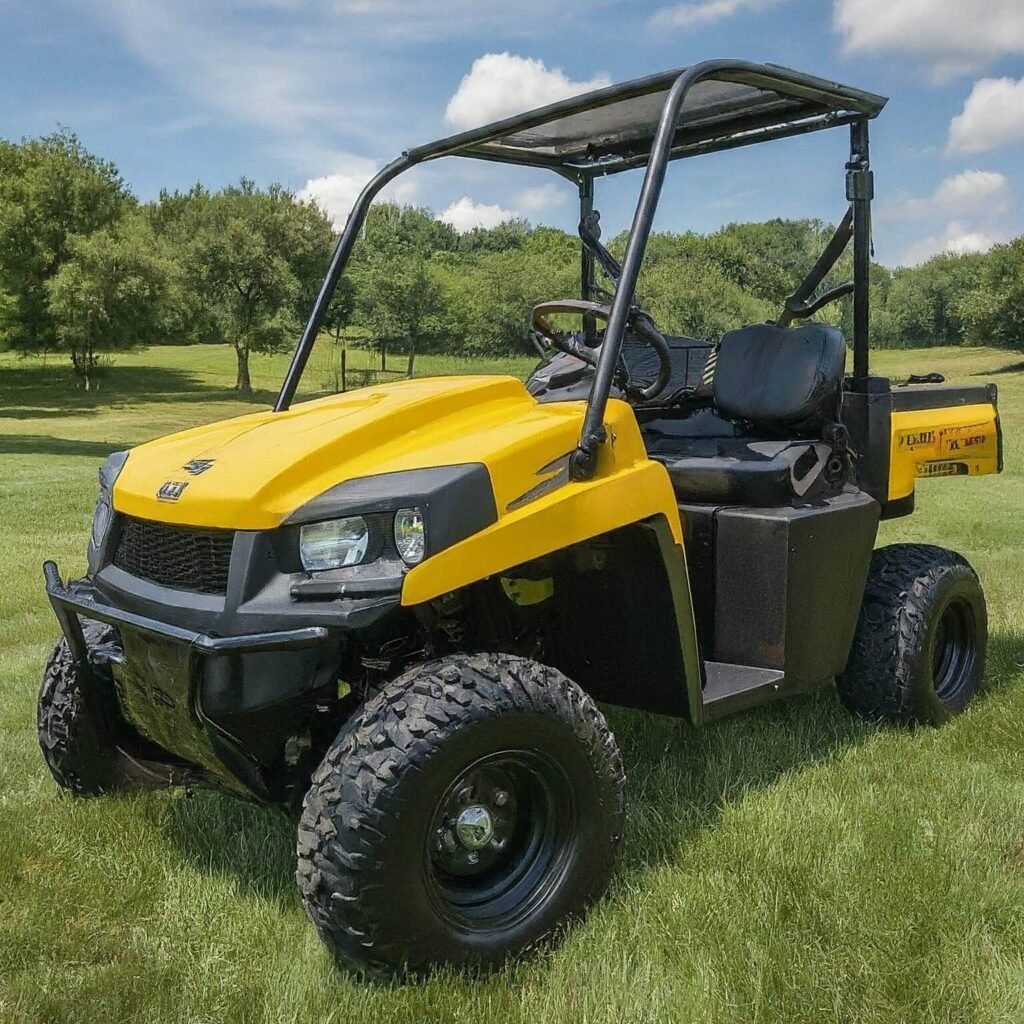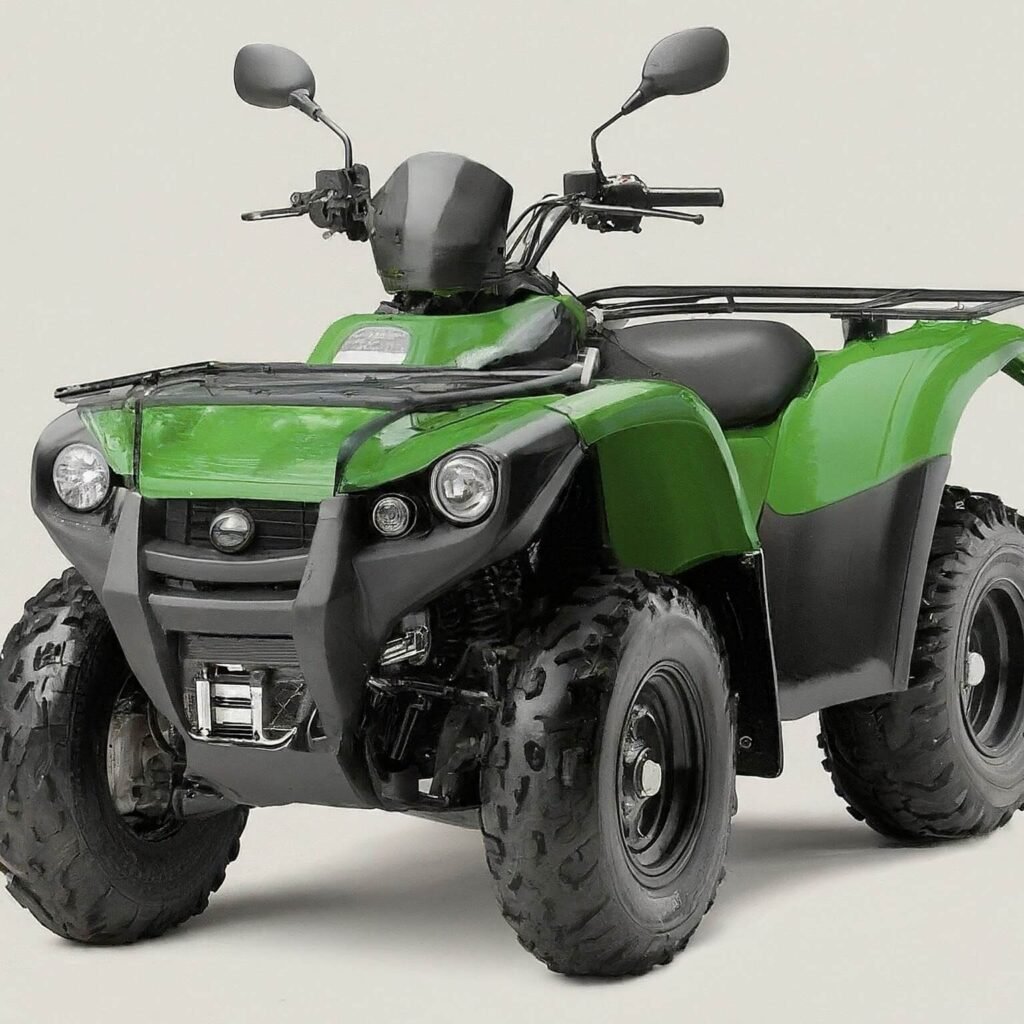The most common Yamaha Rhino 700 problems are transmission issues, fuel pump problems, starting issues, charging issues, head gasket problems, clutch sheaves, electrical problems, engine misfires, and engine knocking problems.
Here, we explore these problems in detail with their easy solutions.
Yamaha Rhino 700 problems and solutions
Now, we will explore the most common problems of the Yamaha Rhino 700 with their easy fixes. Also, explore the Yamaha Kodiak 700 problems.
1. Transmission Problems
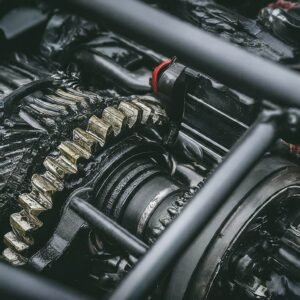
One of the most frequent issues with the Yamaha Rhino 700 is difficulty shifting gears. This can manifest as hard shifting or the transmission getting stuck in a particular gear.
Another common problem is a noisy transmission, which can indicate worn-out gears or bearings. Additionally, some users have reported that the transmission slips cause a loss of power and control.
Diagnosis and Troubleshooting
To diagnose these problems, it is essential to start with a thorough inspection. Check the transmission fluid level and quality; low or dirty fluid can cause shifting issues.
Listen for unusual noises while the engine is running, which can help identify worn components. If the transmission slips, inspect the clutch and belt for signs of wear or damage.
Solutions
Once you’ve identified the issue, here are some solutions to help if the problem is related to fluid, drain, and replace the transmission fluid with a high-quality product.
For noisy transmissions, replacing worn gears or bearings can resolve the issue. Replacing or adjusting the clutch and belt might be necessary if the transmission slips.
Regular maintenance, such as checking fluid levels and inspecting components, can prevent many problems.
2. Fuel pump Problem
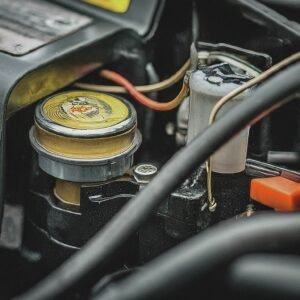
Diagnosing fuel pump problems starts with checking the basics. Firstly, ensure that there is sufficient fuel in the tank.
Next, listen for a humming sound when you turn the ignition key; this indicates the fuel pump is working.
A fuel pressure gauge checks if the pump delivers the correct pressure, typically around 45 PSI for the Yamaha Rhino 700. If the pressure is low, it might indicate a failing pump or a clogged filter.
Solutions
Once you’ve diagnosed the problem, there are several solutions you can consider. Check the electrical connections and fuses to see if the fuel pump is not priming.
Replacing a faulty relay might also solve the issue. Replacing a clogged fuel filter with a new one can restore fuel flow.
If the pump is defective, consider replacing it with an OEM or high-quality aftermarket fuel pump.
3. Starting Problems
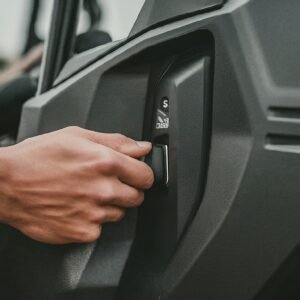
Here are several Yamaha Rhino 700 starting problems with their easy solutions. Also explore the Yamaha RMAX 1000 problems.
Battery Issues
One of the most frequent culprits behind starting problems is the battery. Over time, batteries can lose their charge or become corroded.
Ensure your battery is fully charged and the terminals are clean and tightly connected. If the battery is old, consider replacing it. Remember, a healthy battery should read around 12.6 volts when fully charged.
Fuel System Problems
If your Yamaha Rhino 700 cranks but doesn’t start, the issue might lie within the fuel system. Check the fuel filter and fuel lines for blockages. A clogged fuel filter can prevent fuel from reaching the engine, causing starting issues.
Additionally, make sure that the fuel pump is functioning correctly. If the fuel doesn’t flow properly, you might need to replace the fuel pump.
Ignition System Troubles
The ignition system is another area to inspect. Faulty spark plugs or ignition coils can lead to starting problems. Remove the spark plugs and examine their condition.
If they are dirty or worn out, replace them. Ensure the spark plug gap is set correctly per the manufacturer’s specifications. Also, check the ignition coil for any signs of damage or wear.
Starter Motor and Solenoid Issues
Lastly, the starter motor and solenoid could be the source of your troubles. The solenoid might need to be fixed if you hear a clicking sound when trying to start your Rhino 700.
Test the solenoid and starter motor to ensure they are operating correctly. If either component is defective, a replacement will be necessary.
4. Charging Problems
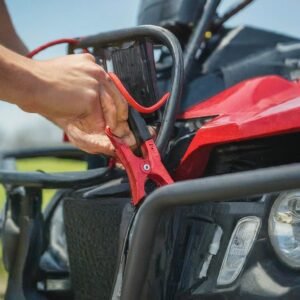
The Yamaha Rhino 700 is a robust machine, but it can face charging issues like any vehicle. Some common causes include:
- Faulty Battery: The battery is often the first culprit. Over time, batteries lose their ability to hold a charge. If your Rhino’s battery is over three years old, it might be time for a replacement.
- Bad Stator: The stator generates electricity to charge the battery. If it’s malfunctioning, the battery won’t charge properly. Symptoms of a bad stator include dimming lights and a weak electric start.
- Regulator/Rectifier Issues: This component ensures the voltage remains stable. A faulty regulator/rectifier can lead to overcharging or undercharging the battery, causing long-term damage.
Solutions
Now that you know what might be causing the issues, let’s explore some solutions:
- Battery Replacement: If your battery is old or fails a load test, replace it with a new one. Ensure it’s the correct type and size for your Yamaha Rhino 700.
- Check and Replace the Stator: If you suspect the stator, use a multimeter to test its output. Replacing it should resolve the issue if it’s not within the specified range.
- Inspect the Regulator/Rectifier: A multimeter checks the output voltage. If it’s fluctuating or outside the normal range, a new regulator/rectifier is necessary.
5. Yamaha Rhino 700 Head Gasket Problems
One of the first signs of a head gasket issue in the Yamaha Rhino 700 is overheating. If you notice that your vehicle is running hotter than usual, it might be due to a failing head gasket.
Another common symptom is coolant leakage. Check for any puddles under your vehicle or a low coolant level.
Additionally, a decreased engine performance or white smoke from the exhaust can indicate a head gasket problem. Also explore the Yamaha Wolverine X2 Problems
Causes of Head Gasket Failures
Head gasket failures in the Yamaha Rhino 700 can be attributed to several factors. One primary cause is engine overheating, which can warp the head and compromise the gasket.
Another factor is poor maintenance, such as not regularly checking coolant levels or using subpar coolant. High mileage and wear and tear over time can also lead to head gasket deterioration.
Solutions
If you suspect a head gasket issue, the first step is to confirm the problem through a compression test or a leak-down test.
Once confirmed, replacing the head gasket is usually the recommended solution. It’s essential to use a high-quality replacement gasket and follow the manufacturer’s torque specifications during installation.
In some cases, resurfacing the cylinder head may be necessary to ensure a proper seal. Preventive maintenance, such as regular coolant checks and ensuring the engine does not overheat, can also help avoid future head gasket problems.
6. Clutch Sheave
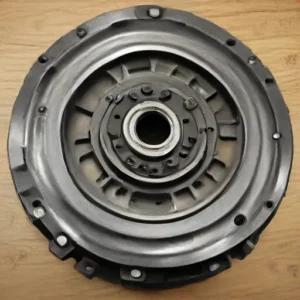
One of the most frequently reported issues with the Yamaha Rhino 700 is related to the clutch sheave. Users often encounter problems such as excessive wear, slippage, and noise. These issues can result in decreased performance and potential damage to other components.
A common cause is the accumulation of dust and debris, which can lead to uneven wear and tear. Additionally, improper maintenance or installation can exacerbate these problems.
Solutions
Addressing clutch sheave problems requires a combination of regular maintenance and precise adjustments. Here are some practical solutions:
- Regular Cleaning: Ensure the clutch sheave and surrounding components are cleaned regularly to prevent dust and debris buildup. This can be done using compressed air or a soft brush.
- Inspection and Replacement: Periodically inspect the clutch sheave for signs of wear. If you notice any irregularities, such as grooves or cracks, consider replacing the sheave promptly to avoid further damage.
- Proper Lubrication: Use manufacturer-recommended lubricants to ensure smooth operation of the clutch sheave. Avoid over-lubrication, as this can attract more dust and debris.
- Professional Servicing: If you need clarification on the condition of your clutch sheave or how to address an issue, it is advisable to seek professional help. Certified technicians have the expertise and tools to accurately diagnose and fix the problem.
7. Yamaha Rhino 700 Electrical Problems
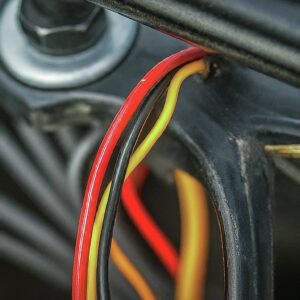
One of the most frequent issues Yamaha Rhino 700 owners reported is a dead or dying battery. This can be caused by several factors, including leaving the lights on, a faulty charging system, or simply an old battery.
Another common problem is the failure of the ignition switch, which can prevent the vehicle from starting.
Additionally, users often encounter problems with the wiring harness, which can lead to intermittent electrical failures.
Diagnosing the Issues
To diagnose these problems, check the battery voltage with a multimeter. A healthy battery should read around 12.6 volts when fully charged. If the voltage is low, try charging the battery or replacing it if it’s old.
For ignition switch issues, inspect the switch for any visible damage or signs of wear. If the switch appears faulty, replacing it is often the best solution.
When dealing with wiring harness problems, carefully inspect the wires for any signs of damage or corrosion, which can disrupt the electrical flow.
Solutions
For a dead battery, follow proper charging procedures and consider investing in a trickle charger to maintain battery health.
If the ignition switch is faulty, a replacement can be purchased from most Yamaha dealers.
For wiring issues, repairing or replacing damaged wires can restore proper function. Using electrical tape or heat shrink tubing can protect the cables from future damage.
8. Engine Misfires
Engine misfires in the Yamaha Rhino 700 can result from several issues. One prevalent cause is a faulty spark plug, which fails to ignite the fuel-air mixture properly.
Another common cause is fuel delivery problems, such as clogged fuel injectors or a failing fuel pump.
Additionally, ignition coil issues can lead to misfires, where the coil fails to deliver the necessary voltage to the spark plug.
Diagnosing Engine Misfire Problems
Check the spark plugs to diagnose engine misfire problems in your Yamaha Rhino 700. Inspect them for wear and tear or carbon buildup and replace them if necessary.
Next, examine the fuel system, ensuring there are no clogs in the injectors and that the fuel pump is functioning correctly.
Check the ignition coils using a multimeter to measure their resistance and ensure they operate within the manufacturer’s specifications.
Solutions
Once you’ve identified the cause of the engine misfire, implementing the right solution is crucial. Replacing the spark plugs with new ones can resolve the issue if they are at fault.
For fuel delivery problems, cleaning the fuel injectors or replacing a faulty fuel pump can restore proper engine function.
If the ignition coils are problematic, replacing them with new coils will ensure the spark plugs receive the necessary voltage to ignite the fuel-air mixture correctly.
9. Engine Knocking
Engine knocking in the Yamaha Rhino 700 can be attributed to several factors:
- Low-Quality Fuel: Using low-octane or contaminated fuel can cause knocking. The Yamaha Rhino 700 engine is designed to run on high-octane fuel for optimal performance.
- Improper Timing: If the engine’s timing is off, it can lead to knocking. This usually happens when the timing belt or chain is worn out or improperly installed.
- Carbon Buildup: Over time, carbon deposits can accumulate in the combustion chamber and on the valves, leading to pre-ignition and knocking.
- Worn Engine Components: Wear and tear components like pistons, rods, or bearings can also cause knocking.
Steps to Diagnose and Fix Engine Knocking
Here are some steps to diagnose and fix engine knocking in your Yamaha Rhino 700:
- Check the Fuel: Start by ensuring you are using the correct octane rating as recommended by Yamaha. If you suspect the fuel is contaminated, drain the tank and refill it with fresh high-octane fuel.
- Inspect the Timing: Verify that the engine’s timing is set correctly. If you’re not comfortable doing this yourself, consult a professional mechanic.
- Clean Carbon Deposits: Use a fuel system cleaner to remove carbon buildup. For severe cases, you may need to manually remove and clean the combustion chamber and valves.
- Check Engine Components: If knocking persists, it might be due to worn engine parts. Inspect the pistons, rods, and bearings thoroughly, and replace any worn components.
Conclusion
Following this guide, you can quickly eliminate the Yamaha Rhino 700 problems because I have provided complete details.
